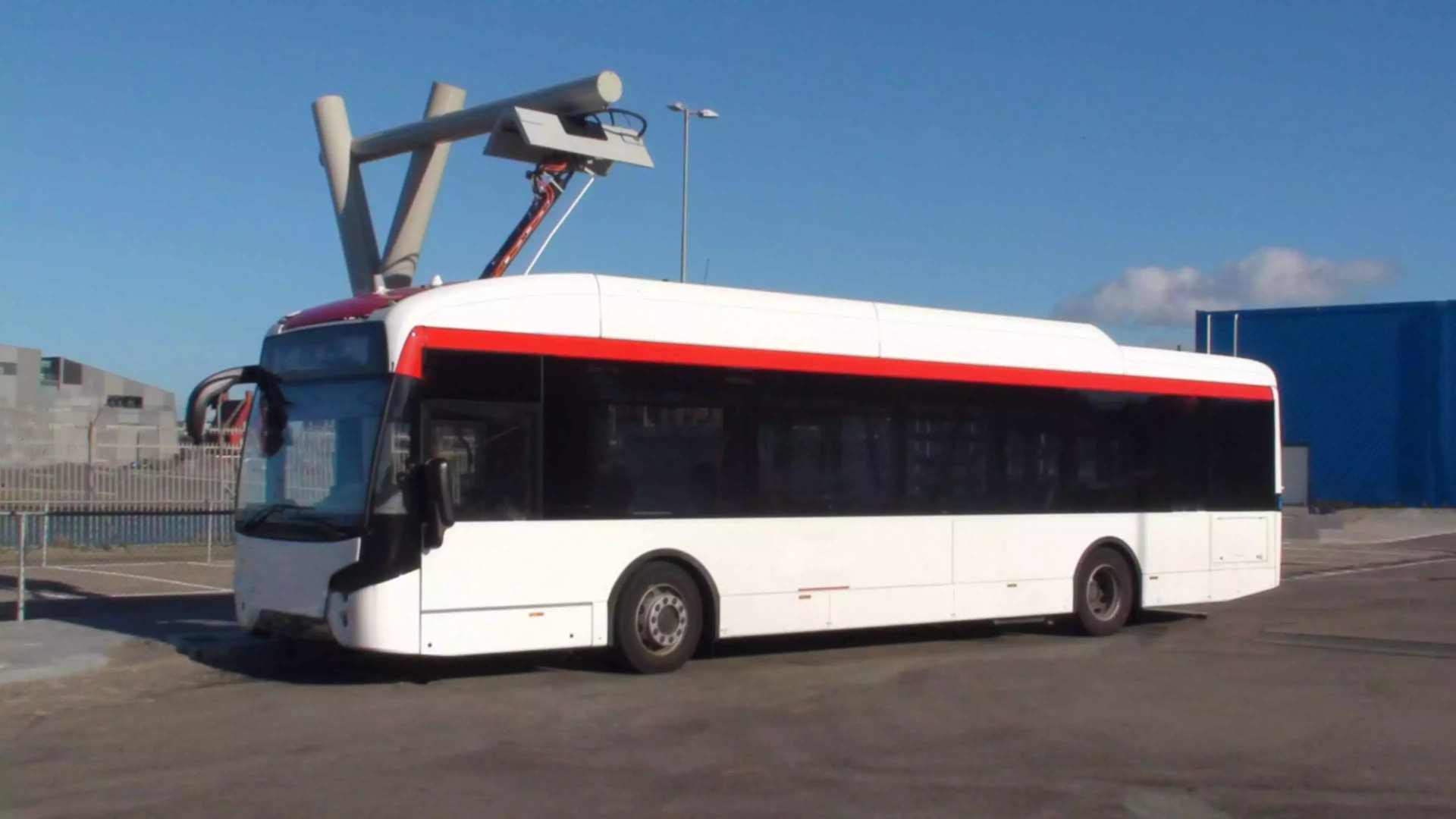Source : PTI | New Delhi: The pilot of the flash-charging technology developed by Hitachi Energy India with Ashok Leyland and IIT Madras is getting ready for unfolding. At the inauguration of Hitachi Energy’s Global Technology and Innovation Centre at Chennai on October 5, 2023, N Venu, Managing Director and CEO — India and South Asia, Hitachi Energy, said that the group’s flash charging technology will happen soon at IIT Madras with bus provided by Ashok Leyland, hence the pilot should get over in a couple of months.
Hitachi Energy India (formerly Hitachi ABB Power Grids), Ashok Leyland, and IITM had entered into a Memorandum of Understanding (MoU) in November 2020 for the e-mobility pilot. As per the agreement, Hitachi Energy India was to provide the flash charging technology, Ashok Leyland had to provide a bus, while IITM was to host the infrastructure. Since then they have been working on this pilot project.
Flash-charging technology enables rapid charging during brief stops, effectively optimizing operational efficiency and cost savings for fleet operators. This innovative solution allows a bus to be charged in just 20 seconds while passengers alight and board, N Venu said.
Hitachi has developed and fine-tuned the flash-charging technology and onboard traction equipment to cater to high-capacity, high-frequency bus routes. By carefully selecting the right technologies and managing energy usage efficiently, the system can reduce carbon dioxide emissions by 1,000 tonnes on a bus route spanning approximately 600,000 kilometers each year. Furthermore, the energy costs of these electric buses are 30% lower than those of diesel buses, as reported by the company.
Claudio Facchin, the CEO of Hitachi Energy, said that this solution was initially introduced in Geneva ten years ago. Expanding rapidly is of utmost importance in a market as significant as India. The flash charging technology not only facilitates fast battery charging but also reduces the battery load on the vehicle.
The electric bus in Geneva is quite similar to a typical trolley bus, except for a notable distinction found on its roof. Instead of conventional trolley poles that link to overhead lines, the e-bus features a sophisticated, mobile arm that connects to an integrated overhead receptacle located at the bus shelter in under a second.
The Grid-eMotion Flash system replenishes the onboard batteries within a 20-second timeframe, coinciding with the period when passengers embark and disembark from the bus. As per the information provided on the company’s website, this means passengers never have to endure delays while waiting for the bus to recharge.
The flash-charging technology includes fully automated fast charging stations at certain bus stops, the charging takes 20 seconds, and there are economical onboard batteries for shorter distances. Battery capacity ranges from 70 to 130 kWh. It’s a mass transit solution with zero emissions and no communication is needed between the infrastructure and buses, the company said.
Every fourth or fifth stop along the route features a flash-charging station, effectively erasing the visible presence of trolley overhead lines and diminishing the noise pollution from diesel buses.
The introduction of Grid-eMotion Flash charging infrastructure to bus routes enables the seamless substitution of trolley or diesel buses, ensuring that frequency and stop times remain consistent. This is particularly vital during peak hours and directly influences cost-efficiency. The company asserts that timetables can be upheld without necessitating extra operational hours or the acquisition of additional buses.











